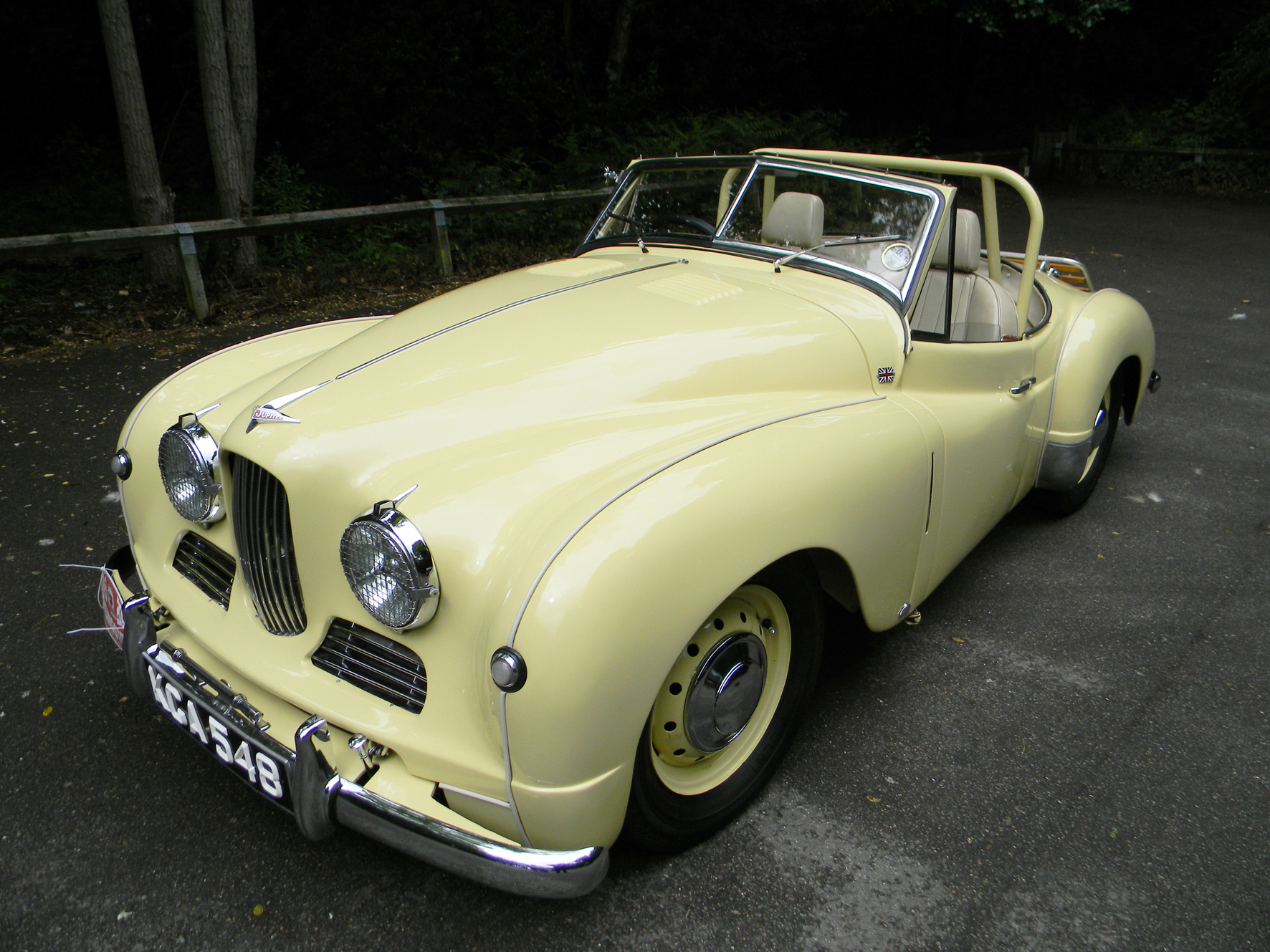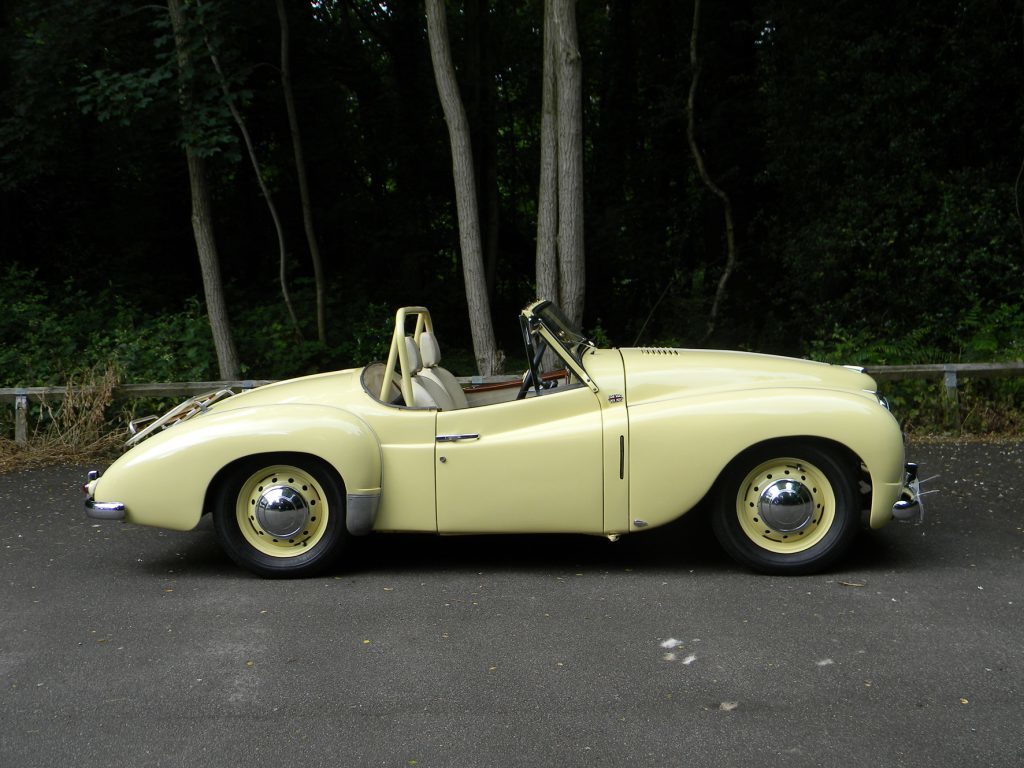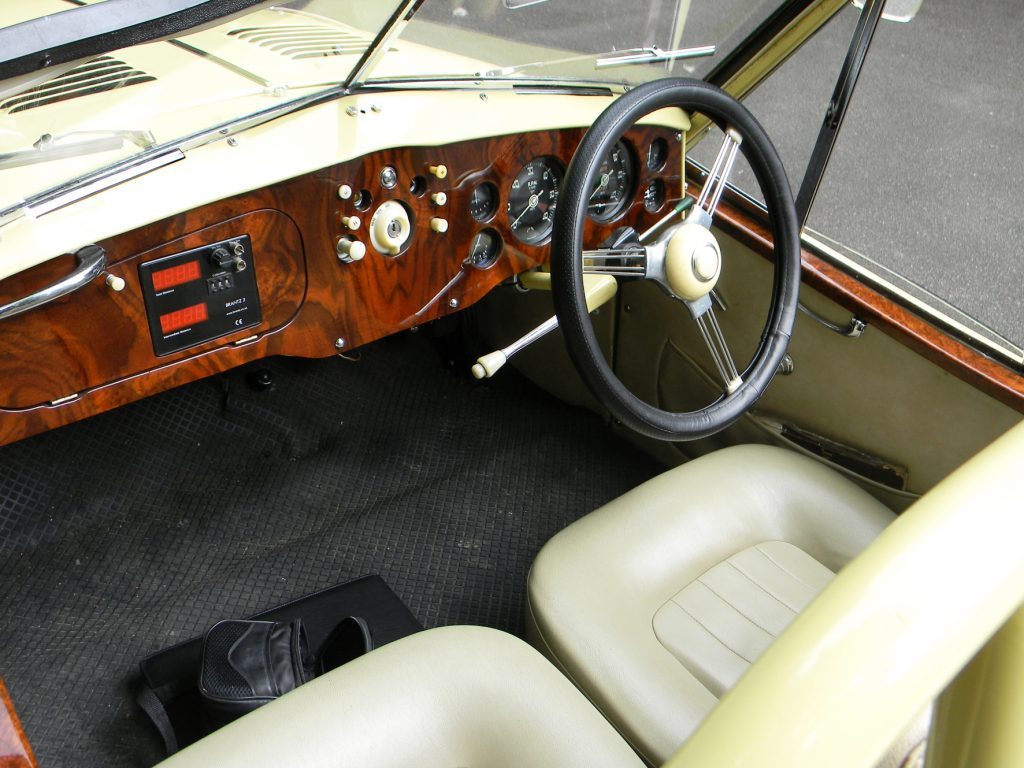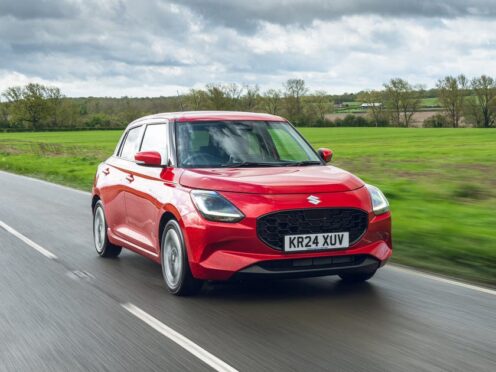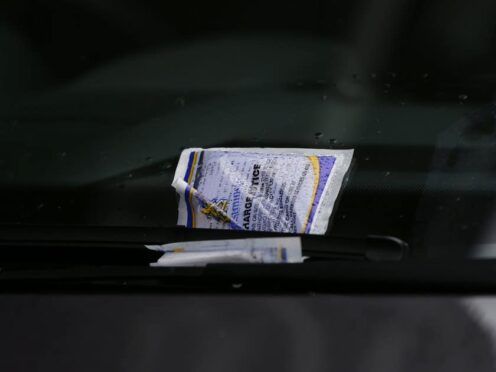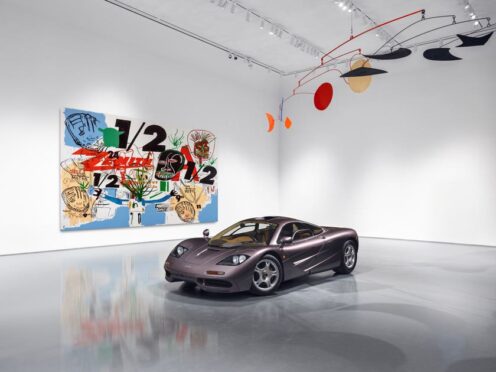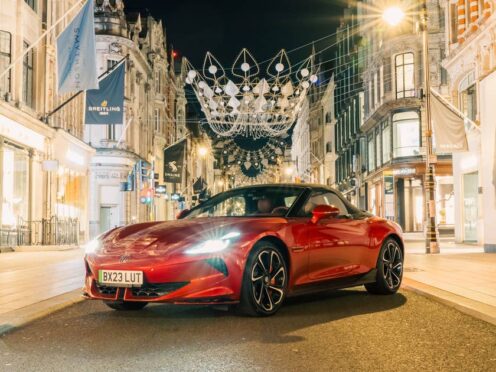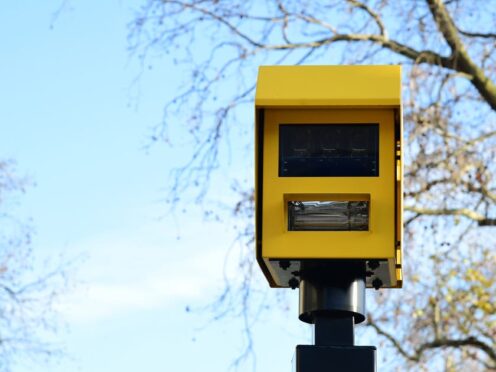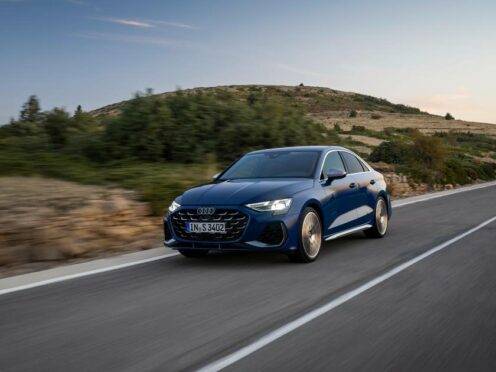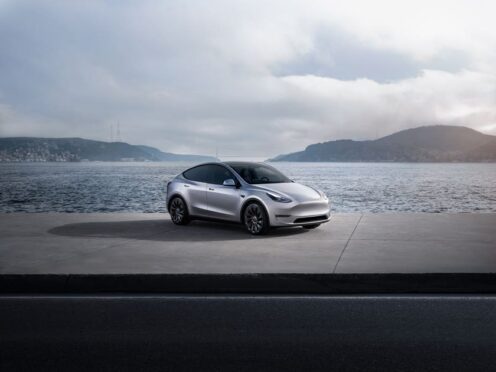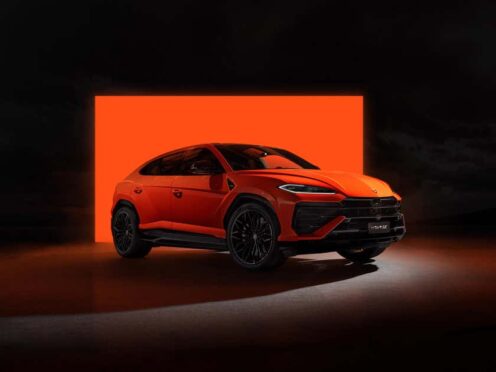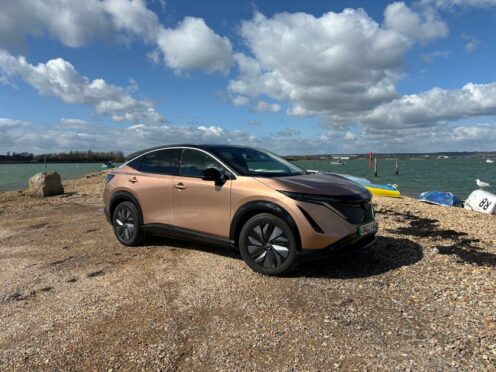Jowett in many ways was the antithesis of Alvis—a car built in Yorkshire designed for the steep hills and bends of the Yorkshire mill towns and dales. Top speed was irrelevant: they had to be light, low-geared, dependable and, as far as possible, inexpensive.
Jowett also went for “flat” engines, with two or four opposed cylinders—far from unique: similar engines powered Beetles, Alfa Romeos, Subarus—and used aluminium extensively to reduce weight.
The brothers Jowett started the firm in 1901 in Bradford, moving out to a new works at Idle around 1920. From then until 1939 they produced worthy if unsensational saloons and sporty jobs, with such unlikely names as Kestrel and Weasel. They also produced vans and light commercials under the Bradford badge that were vital turnover earners when the car market was slack.
During the second world war, Jowett like other car firms turned to war work, churning out munitions and components for the armed forces. In 1945 Jowett was bought by the property developer Charles Clore who sold it on to bankers Lazard Brothers in 1947.
After the war, Jowett brought out two cars—the Javelin and Jupiter—that are its great legacy to motoring history but, sadly, contributed to the firm’s downfall. The Javelin was an aerodynamic, swoop-backed saloon that perfectly combined US and UK styling. It was ahead-of its-time, with independent front suspension, torsion bars, unitary body construction and 80mph top speed. The Jupiter was a sensational sports two-seater with good performance and even better looks.
Rightly expecting good sales for the Javelin, Jowett did a deal with Briggs Motor Bodies. They opened a plant in Doncaster and supplied fully-assembled Javelin bodies to Jowett to be bolted on to their engines and drivelines. Jupiters, on the other hand, were totally produced in-house.
However, in the early 1950s the Government upped car purchase tax to a staggering 66.67% which decimated the UK market and Jowett could not make it up from exports. Hundreds of Javelin bodies got stockpiled. The Jupiter had reliability woes that hit export sales. Ford bought Briggs’ Doncaster plant and briefly made Populars there. Jowett finally folded in 1956, but fan clubs in Britain and around the world ensure Javelins and Jupiters will never be forgotten.
